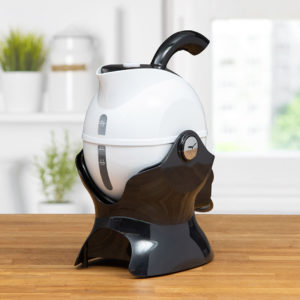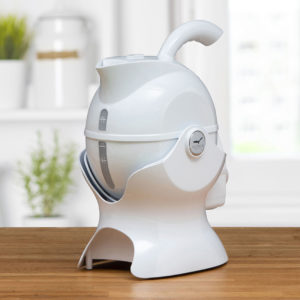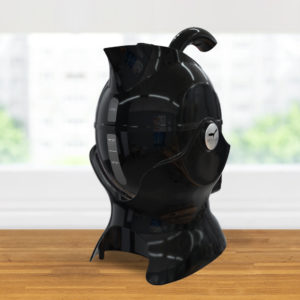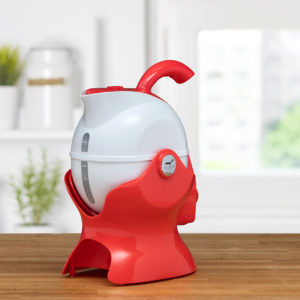456,000 Australians are living with rheumatoid arthritis.
Rheumatoid Arthritis (RA) is where your immune system mistakenly attacks your bodies healthy tissue. This can then lead to inflammation in the affected joints, which leads to pain, stiffness, and swelling. The symptoms of RA can come and go, and they can vary from mild to severe. Seasonal changes can trigger flares or periods when your symptoms get worse.
“Rheumatoid arthritis (RA) is a long-term autoimmune disorder that primarily affects joints. It typically results in warm, swollen, and painful joints. Pain and stiffness often worsen following rest. The wrist and hands are most commonly involved, with the same joints typically affected on both sides of the body.”
-says Wellness Bud and Health Specialist, Layla Colling of Health Hero.
But, how does seasonal change affect Rheumatoid Arthritis?
Rheumatoid Arthritis During Winter:
The cold weather can make joint pain and stiffness worse. One study found that people living with RA exposed to freezing temperatures had increased disease activity, as measured by blood tests and x-rays. When we slide from one season to the other there are changes in barometric pressure (the weight of the atmosphere) and this can have an effect on your arthritis symptoms too.
What You Can Do
To help avoid any nasty flare ups, there are a few things you can do to ease your symptoms:
- Dress in layers to keep warm. The layering of your clothes won’t put too much pressure on your joints in comparison to wearing heavy woolen options.
- Exercise regularly. Although it may not seem like it, exercise can help reduce the amount of pain and stiffness from RA. Plus, it’s a great way to keep warm.
- Drink Enough. Drink plenty of fluids (hot or cold) to help prevent joint pain as dehydration can play a big part in causing joint pain.
- Don’t skip on your medication. It’s a bad idea to stop taking your RA medication just because you feel better. This can make your symptoms worse in the long run. Make sure to talk to your doctor before any big changes.
Rheumatoid Arthritis During Summer:
Just as the colder weather can trigger RA, so to can warm weather. The heat and humidity can make it difficult or challenging to move around and this can worsen your symptoms. With heat, you could experience more joint pain, stiffness and fatigue.
What You Can Do
Thankfully, there are a few tricks up our sleeves when it comes to managing RA symptoms in the summer:
- Dress in loose, light clothing. Allow your body to breathe and try to stay in or near air-conditioned areas. This will ensure that you can freely move about and exercise to avoid aggravating symptoms by not moving.
- Plan ahead with the forecast. Exercise in cooler periods of the say such as early morning or in the evening.
- Take a break from your regular exercise routine if you are feeling fatigued.
- Just like in the winter month, don’t skip out on your prescribed medications. If you want to stop taking them, please consult your doctor first.
Sadly, there is nothing we can do to stop the change of seasons, we can only manage what comes. For some living with rheumatoid arthritis find the winter months worsen their symptoms. Whereas for others the opposite is true and they dread the summer months.
Try our simple tips above to see if they help you or talk to your doctor to see what they can recommend.
A Word From Uccello Designs
Summer or winter, we do love a cup of tea, especially one from our Uccello Kettle. It is the ultimate daily living aid that makes handling boiling water safe and easy for all. Specifically designed for those living with arthritis, the Uccello Kettle means no more lifting, straining or having to balance for a cup of tea or coffee. Simply tilt-to-pour with just one finger. Say goodbye to joint pain!













Leave a Comment